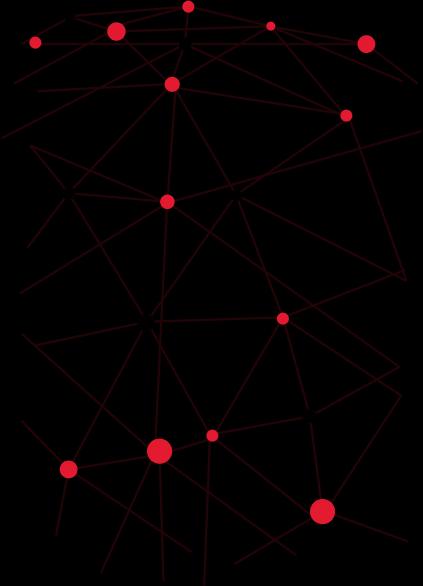Audit for Crypto Exchange
Bringing Security to Crypto Trading.

Summary
Tokyo Tech Lab conducted a comprehensive penetration testing and code review of the client’s system (cloud infrastructure, web, mobile, and blockchain wallet system respectively) in just 14 days and identified all the possible holes that could make the system vulnerable to cyber attacks.
The Case
Cryptocurrency exchanges are becoming extremely prone to hacks and cyberattacks. In 2021 alone, there have been more than four major heists of some of the largest cryptocurrency exchanges around the world. More than $7.6 billion in Crypto assets have been stolen since 2011 (CoinDesk, 2020) and with hackers finding new ways to tackle the security system, the situation only seems to be getting worse.
The client, a cryptocurrency exchange, was aware of the risks associated with the cryptocurrency industry and wanted to have an external penetration test and an in-depth code review of their newly-developed cryptocurrency exchange platform to discover possible vulnerabilities within only three weeks (they come to us three weeks before) before the release date of their platform.
As part of a white-box test, the team was given all necessary permissions to perform a penetration test on the system within only 14 working days. The focus of this test is to perform multiple investigation activities and attacks to discover and confirm existing vulnerabilities in the system. The team’s overall objective was to review the system architecture, evaluate the network, identify subsystems, and exploit flaws while reporting the findings back to the company.
Read more
Given a very tight schedule, The Team applied following simplified audit workflow
1
Understand the situation
2
Define audit scope
3
Audit
4
Report issue
5
Verify Fixes
After the platform's release, Tokyo Tech Lab will also ensure the system's security level, thoroughly analyze all risks in the design and propose plans for further improvements. Regular audits before any major releases will also be done.
The Results
In the comprehensive audit and code review of the client’s cloud architecture, web app, mobile app, and blockchain wallet, Tokyo Tech Lab’ found over 30 security issues with the system. Around ten of them were critical and major vulnerabilities which will need to be fixed immediately before the platform’s release.

Very Weak Admin

Missing Access Restriction in many API functions

Out-dated software

Mobile compatibility - Two factor authentication

Inadequate Rate Limiting
Another issue was that the platform was using outdated software. It was using outdated versions of Apache, OpenSSL, jQuery Bootstrap, Bootstrap-Vue, Laravel, and PHP, which presents a substantial risk of security breaches and compliance violations allowing hackers to target known vulnerabilities to gain unauthorized access.
Especially in this case, the company is promoting this platform as a modern, very secure platform, and so the use of outdated software shouldn’t be adopted in the first place.
Technologies used


Read more our Success Stories

Logistics SaaS
Bringing Japanese Logistics Towards the Future.
Tokyo Tech Lab built a robust and scalable SaaS (Software as a Service) that is now being used by logistics companies all across Japan.
Web App
Quality Assurance
Cyber Security

Sleep Analysis App
Analysis the customers' sleep quality to suggest the right matching products.
Tokyo Tech Lab developed a helpful and well-designed app for users and an user-friendly CRM for Airweave to manage the data more effective.
Quality Assurance
Cyber Security
Tell us about yourself and what you have in mind, and we'll be in touch in lightning speed.





About Tokyo Tech Lab
Services and Solutions
Contact us
© 2023 Tokyo Tech Lab. All Rights Reserved.


